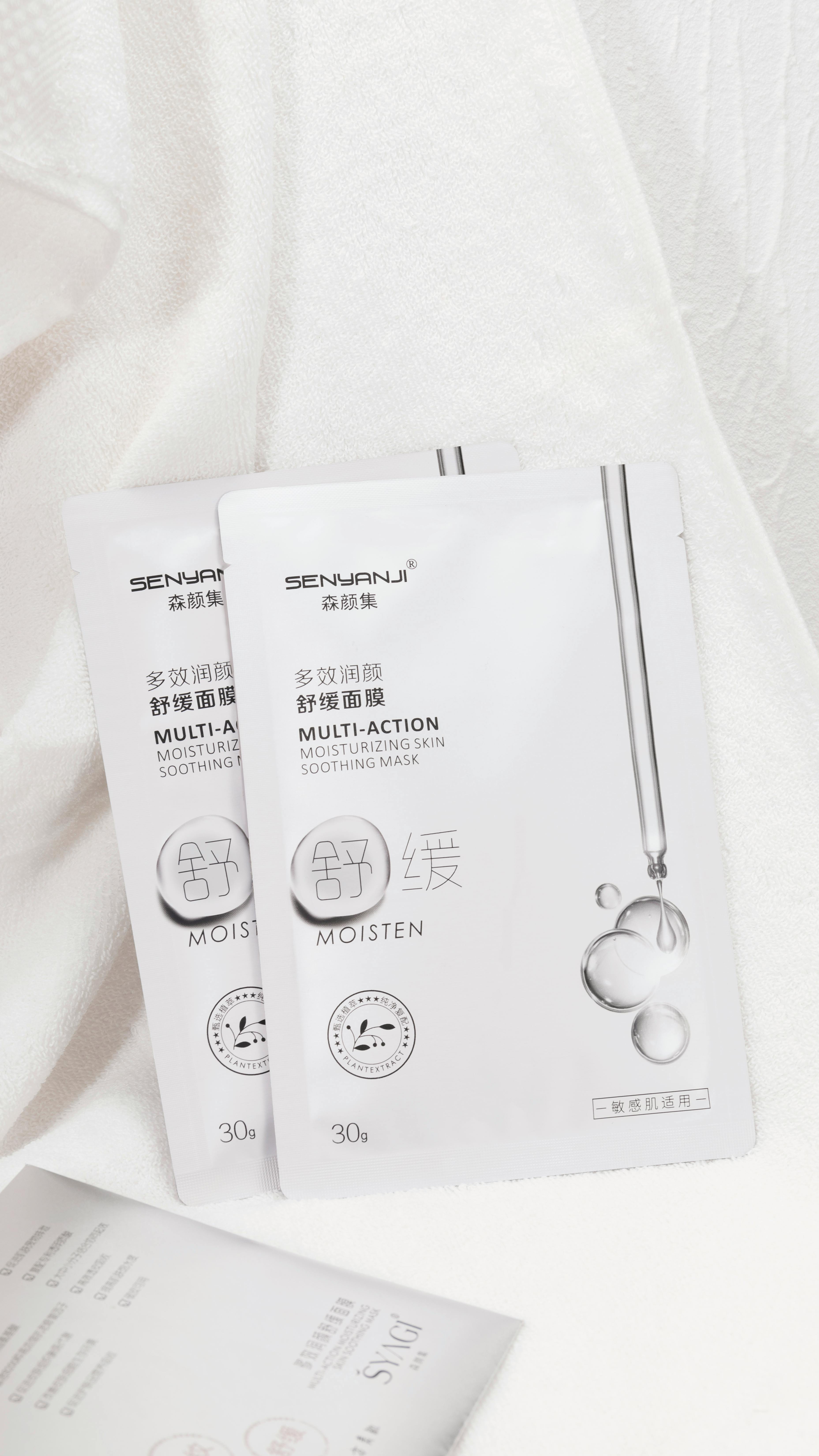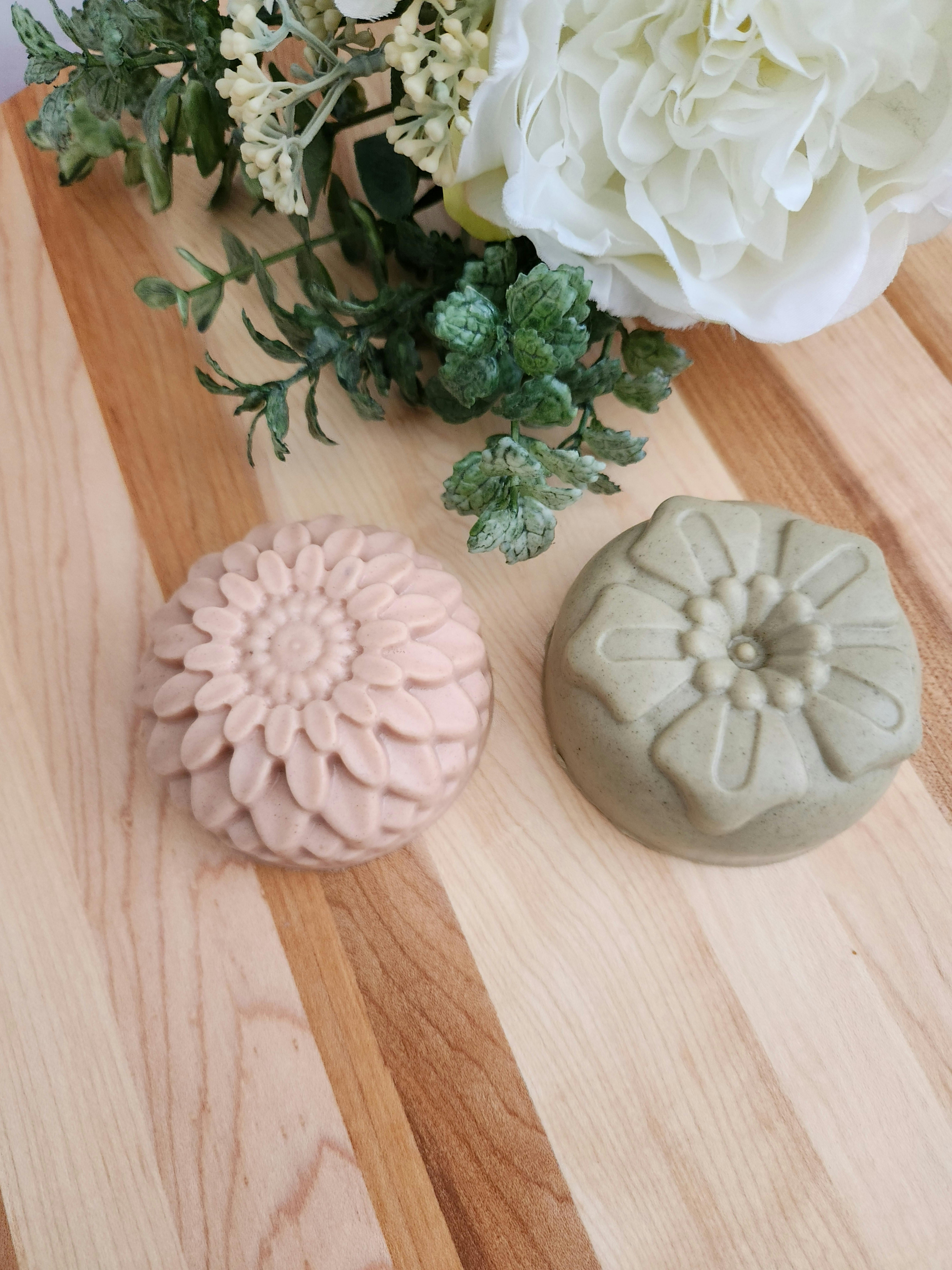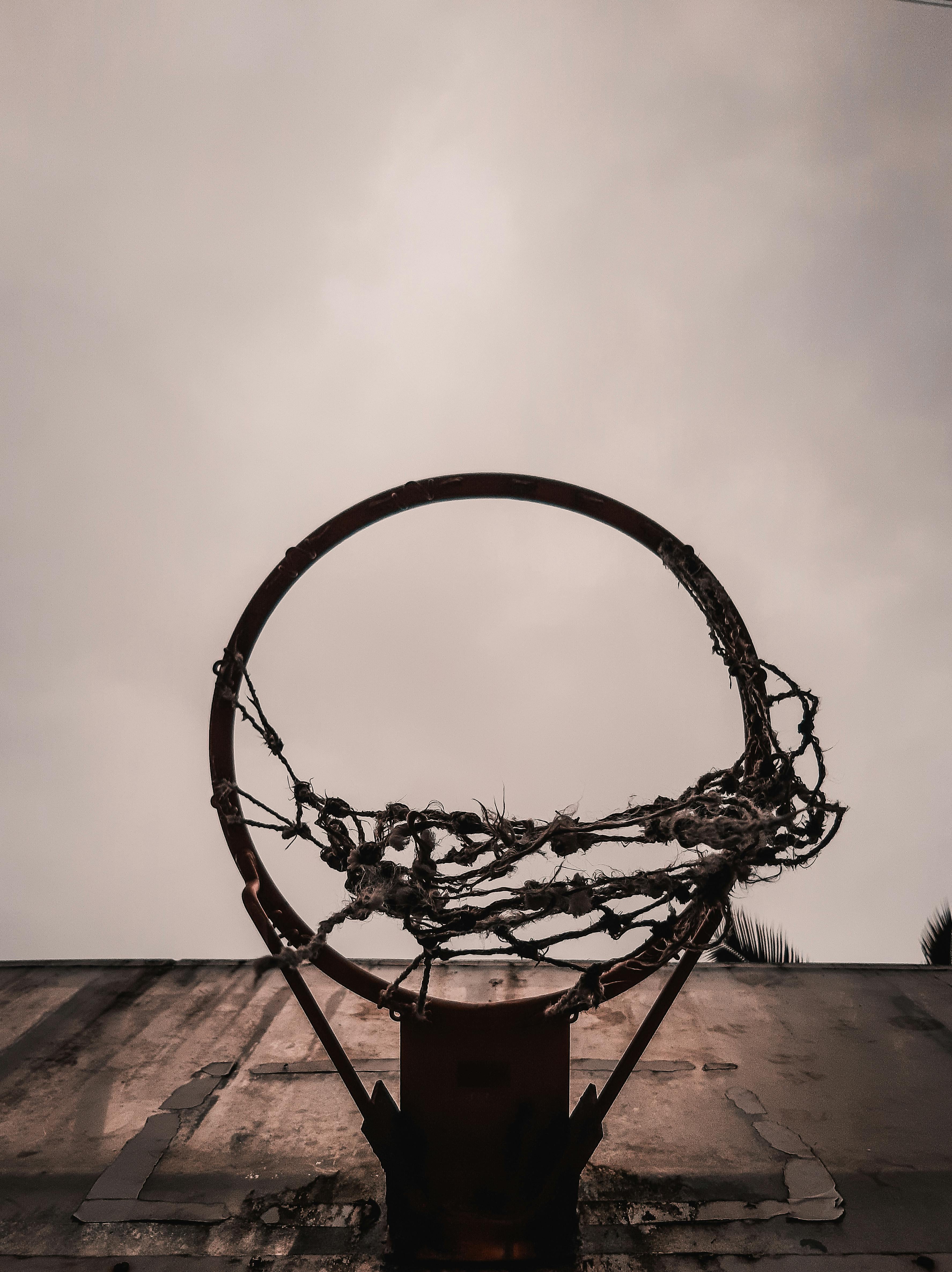
Chinch bug damage can wreak havoc on your lawn, causing significant harm to your grass and plants. If left unchecked, these infamous pests can lead to extensive garden damage. That’s where this comprehensive guide comes in. It aims to provide you with important experiences and significant steps for repairing chinch bug damage in your lawn. By understanding the signs of chinch bug damage and implementing effective repair strategies, you can restore the health and vitality of your lawn. From assessing the extent of the damage to encouraging natural predators, this guide has got you covered. With proper care, you can create a resilient and pest-resistant grass ecosystem that will make your lawn thrive. So let’s dive in and get your lawn back in shape!
Understanding Chinch Bugs
Chinch bugs are modest insects that feed on grass by penetrating the plant tissue and sucking out the juices. They are especially destructive to gardens, with the capacity to quickly duplicate and infest large areas. Identifying chinch bug harm is vital for implementing successful repair strategies.
Signs of Chinch Bug Damage
Chinch bug damage can manifest in several ways, including:
Yellowing and browning of grass
Chinch bugs infuse poison into the grass while feeding, causing the affected regions to turn yellow and eventually brown. If you notice areas of your lawn that have become discolored and dull, chinch bugs may be the culprit.
Irregular patches
One of the telltale signs of chinch bug damage is the presence of irregular patches of damaged grass. Chinch bugs tend to feed in clusters, resulting in sporadic areas of discoloration and weakened grass.
Straw-like appearance
Infested grass may take on a straw-like appearance, losing its lavish green color. If your lawn appears dry, brittle, and lacks its usual vibrancy, it could be due to the feeding habits of chinch bugs.
Presence of bugs
Adult chinch bugs are little, measuring around 1/5 inch in length, with dark bodies and white wings folded over their backs. Sprites, the young nymphs, are smaller and often red or orange in color. If you come across these insects in your lawn, it is a clear indication of chinch bug presence.
Assessing the Extent of Damage
Before executing any repair procedure, it is essential to assess the extent of the chinch bug damage. This will assist you in determining the best course of action and the necessary resources required for effective repair.
Importance of Assessing Damage
Assessing the damage caused by chinch bugs allows you to gauge the severity of the infestation and develop a targeted plan for repair. By identifying the areas that have been most affected, you can prioritize your efforts and ensure that the repair process is thorough.
Methods of Assessing Damage
There are several methods you can use to assess chinch bug damage in your lawn. One common method is to perform a visual inspection to identify yellowed or brown patches of grass and the presence of chinch bugs. You can also use a floatation test, where you cut out a square section of sod and soak it in water to dislodge any chinch bugs present.
Determining Resources Needed
After assessing the extent of the damage, you can determine the resources needed for repair. This may include the purchase of insecticides, grass seed for reseeding, or equipment for resodding. By understanding the scale of the damage, you can plan accordingly and ensure that you have everything necessary to restore your lawn to its former health.

Watering Practices
Proper watering practices play a crucial role in repairing chinch bug damage and promoting healthy grass growth. By following these guidelines, you can create an environment that is less favorable for chinch bugs and support the recovery of your lawn.
Importance of Proper Watering
Chinch bugs thrive in dry conditions, so maintaining proper watering habits is essential. Deep and infrequent watering encourages healthy grass development and helps the lawn recover from damage caused by chinch bugs. By ensuring that your lawn receives adequate moisture, you can create an environment that is less hospitable to these pests.
Effects of Dry Conditions
Dry conditions can exacerbate chinch bug damage by stressing the grass and making it more susceptible to infestations. When the grass is already weakened due to lack of water, chinch bugs can more easily penetrate the plant tissue and cause further harm. Proper watering helps to mitigate the effects of dry conditions and restore the health of your lawn.
Proper Watering Techniques
To promote healthy grass growth and repair chinch bug damage, it is important to follow proper watering techniques. This includes watering deeply and infrequently to encourage the growth of deep roots, which will make the grass more resilient to chinch bug infestations. It is also important to water early in the morning to allow the grass to dry before evening, as damp conditions can promote the growth of fungal diseases.
Avoiding Overwatering
While proper watering is essential, it is equally important to avoid overwatering your lawn. Overwatering can create conditions that are conducive to the growth of fungal diseases, which can further harm your grass. It is crucial to strike a balance and provide enough water to support healthy growth without creating excessive moisture.
Preventing Fungal Diseases
To prevent fungal diseases and promote the recovery of your lawn from chinch bug damage, there are a few additional steps you can take. These include avoiding watering in the evening, ensuring proper drainage in your lawn, and promoting good air circulation by pruning trees and shrubs. By minimizing the risk of fungal diseases, you can create an environment that is more resistant to chinch bugs and conducive to healthy grass growth.
Reseeding or Resodding
In severe cases where large areas of the lawn have been damaged by chinch bugs, reseeding or resodding may be necessary. These methods can help restore the appearance and health of your lawn, creating a fresh start and minimizing the risk of future chinch bug infestations.
When to Reseed or Resod
Reseeding or resodding should be considered if the extent of the chinch bug damage is too severe for other repair methods to be effective. If large patches of grass have been completely destroyed or the infestation has spread extensively, reestablishing the lawn with new grass may be the best solution.
Choosing Resistant Grass Varieties
When reseeding or resodding, it is important to select grass varieties that are resistant to chinch bugs and well-suited to your region. Consult with local gardening experts or refer to guides specific to your area to determine the best grass varieties for your lawn. By choosing resistant grass varieties, you can create a more resilient and pest-resistant lawn.
Proper Reseeding Techniques
If you choose to reseed your lawn, there are a few key techniques to keep in mind. Prepare the soil by loosening it and removing any debris. Spread the grass seed evenly, following the recommended seeding rate for the specific variety you have chosen. Keep the seeded area moist until the grass begins to grow, and avoid mowing until the new grass has reached a height of at least three inches.
Proper Resodding Techniques
Resodding involves replacing sections of damaged grass with sections of sod. To ensure success, it is important to properly prepare the soil by removing debris and loosening it. Fit the sod pieces tightly together, avoiding any gaps or overlaps. After installation, water the sod thoroughly and keep it moist until it establishes roots in the soil. By following these techniques, you can effectively repair chinch bug damage and establish a healthy and lush lawn.

Insecticides
When dealing with chinch bug infestations, insecticides can be an effective tool for control. However, it is important to choose the right insecticides and apply them correctly to ensure their effectiveness and minimize harm to the environment.
Choosing the Right Insecticides
When selecting insecticides for chinch bug control, it is crucial to choose products specifically labeled for this purpose. Look for insecticides that contain active ingredients proven to be effective against chinch bugs. Follow the instructions and precautions provided by the manufacturer to ensure safe and proper application.
Application Methods
Insecticides can be applied in various ways, including liquid sprays, granules, or dusts. The application method will depend on the specific product and the extent of the infestation. Follow the instructions provided with the insecticide to determine the best application method for your situation.
Using Organic Options
For those who prefer more natural methods of pest control, there are organic options available for managing chinch bugs. These products use plant-based ingredients or beneficial microorganisms to control chinch bug populations without posing harm to the environment. Consider using organic insecticides to minimize the impact on beneficial insects and create a more sustainable approach to pest management.
Encouraging Natural Predators
In addition to insecticides, encouraging natural predators of chinch bugs can be an effective long-term strategy for control. These predators can help establish a natural balance in your lawn and reduce the population of chinch bugs.
Introduction of Beneficial Insects
Introducing beneficial insects that prey on chinch bugs can be an effective way to control their population naturally. Ladybugs, lacewings, and predatory beetles are examples of beneficial insects that can provide natural control. Consider purchasing these insects from reputable suppliers and releasing them in your lawn to help manage chinch bug infestations.
Predatory Insects
Certain predatory insects, such as assassin bugs and minute pirate bugs, feed on chinch bugs and can help naturally control their population. By creating a habitat that attracts these predatory insects, such as planting diverse flower beds and native vegetation, you can encourage their presence and reduce chinch bug infestations.
Nematodes
Nematodes are microscopic worms that can infect and kill chinch bugs. They can be applied to your lawn through sprays or granules, and they will seek out chinch bugs to parasitize and eliminate them. Nematodes are a natural and effective control method that can be used in combination with other strategies to manage chinch bug populations.
Creating a Natural Balance
By encouraging natural predators and creating a diverse and balanced ecosystem in your lawn, you can reduce the reliance on chemical control methods and promote a healthier environment. Providing food and habitat for beneficial insects, minimizing pesticide use, and practicing sustainable gardening techniques can all contribute to the natural balance of your lawn and control chinch bug populations.

Regular Lawn Maintenance
Regular maintenance of your lawn is essential for preventing and repairing chinch bug damage. By implementing a routine maintenance schedule, you can promote the overall health and resilience of your lawn, making it more resistant to chinch bug infestations.
Importance of Regular Maintenance
Regular maintenance plays a vital role in preventing and repairing chinch bug damage. By mowing, aerating, fertilizing, and practicing other essential lawn care tasks, you can ensure that your grass is healthy and well-maintained. This will make it less susceptible to chinch bug damage and promote faster recovery if an infestation occurs.
Mowing
Proper mowing techniques are crucial for maintaining a healthy lawn. Set your mower blade to the appropriate height for the grass variety you have planted, taking care not to cut the grass too short. Regular mowing helps to remove excessive thatch and encourages the growth of a dense turf, making it more resistant to chinch bug damage.
Aeration
Aerating your lawn is a process that involves creating small holes in the soil to improve air circulation, water absorption, and nutrient uptake. By aerating your lawn at least once a year, you can improve the overall health of the grass and enhance its ability to recover from chinch bug damage.
Fertilization
Proper fertilization is essential for maintaining a healthy and resilient lawn. Regularly apply the appropriate type and amount of fertilizer based on soil test results and the specific needs of your grass. Fertilizing provides the necessary nutrients for healthy grass growth and helps repair chinch bug damage.
Resilient Grass Ecosystem
By implementing regular maintenance practices such as mowing, aerating, and fertilizing, you can create a resilient grass ecosystem that is less vulnerable to chinch bug damage. A well-maintained lawn is more likely to recover quickly from infestations and is better equipped to resist future attacks.
Monitoring and Early Detection
Regular monitoring and early detection of chinch bug infestations are crucial for effective repair. By identifying the signs of an infestation early on, you can take immediate action and prevent the damage from spreading.
Benefits of Monitoring
Monitoring your lawn on a regular basis allows you to stay vigilant and detect any signs of chinch bug infestations promptly. By keeping a watchful eye on your lawn, you can identify any changes in grass color or behavior, spot the presence of chinch bugs, and take appropriate measures to control the infestation as early as possible.
Identifying Early Signs of Infestation
Early signs of chinch bug infestation include discoloration of the grass, irregular patches of damaged turf, and the presence of chinch bugs themselves. By familiarizing yourself with these signs, you can quickly identify the presence of chinch bugs and take action to prevent further damage.
Taking Immediate Action
Upon detecting signs of chinch bug infestation, it is crucial to take immediate action. Depending on the severity of the infestation, this may involve applying insecticides, introducing beneficial insects, adjusting watering practices, or implementing other repair strategies. The sooner you take action, the better chance you have of preventing extensive damage and restoring the health of your lawn.

Conclusion
Repairing chinch bug damage in lawns requires a comprehensive approach that addresses the underlying causes of the infestation and promotes the recovery of the grass. By understanding the signs of chinch bug damage and implementing effective repair strategies such as proper watering, reseeding or resodding, using insecticides, and encouraging natural predators, homeowners can restore the health and vitality of their lawns. Regular lawn maintenance, including mowing, aeration, fertilization, and monitoring, is also essential for preventing and repairing chinch bug damage. By adopting a proactive and holistic approach to lawn care, you can contribute to a pest-resistant grass ecosystem that thrives even in the face of chinch bug infestations.





